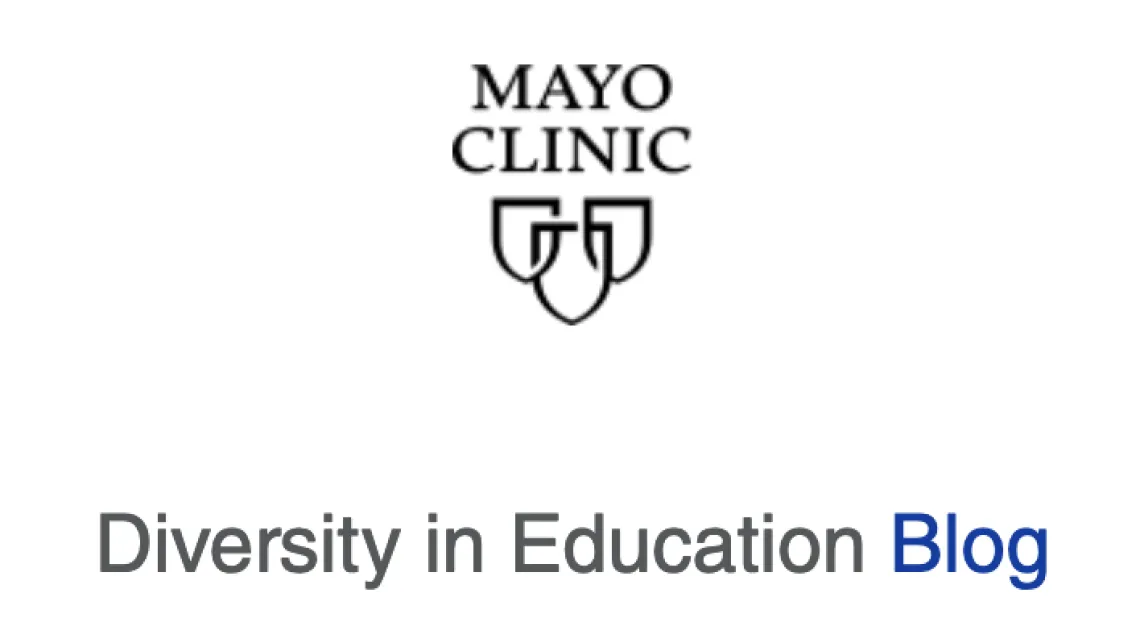Learning to listen: doing federal policy from the bottom-up in Indian Country

In a Philosophy and Medicine course I took in graduate school, the professor spent the semester comparing two models of medicine: the biomedical and the humanistic. Broadly speaking, the biomedical model is based on a view of persons being measurable, empirical entities that can be restored to health through the return of bodily functions and processes to a state of normalcy (statistically defined). In contrast, the humanistic model proposes a dualistic view of personhood, framing humans as being constituted of both “body” and “self”. Consequently, restoring the measurable, empirical component of a person (i.e. the body) is only part of the task of healing. There remains the self, an entity so easily caricatured as the ethereal substance that has beguiled philosophers, theologians, and poets for centuries. For proponents of the humanistic model, the tools the biomedical model deploys in curing the body are ill-suited for the task of healing the self (and, hence, the whole person). The professor used the comparison to explain how different understandings of reality (metaphysics) influence what constitutes knowledge (epistemology) and how these two factors, in turn, determine the model of medicine adopted and practiced.
Citation
Garba I. “Learning to listen: doing federal policy from the bottom-up in Indian Country,” entry at Mayo Clinic Diversity in Education Weblog, available at http://educationdiversityblog.mayo.edu/discussion/... (08/2014)

